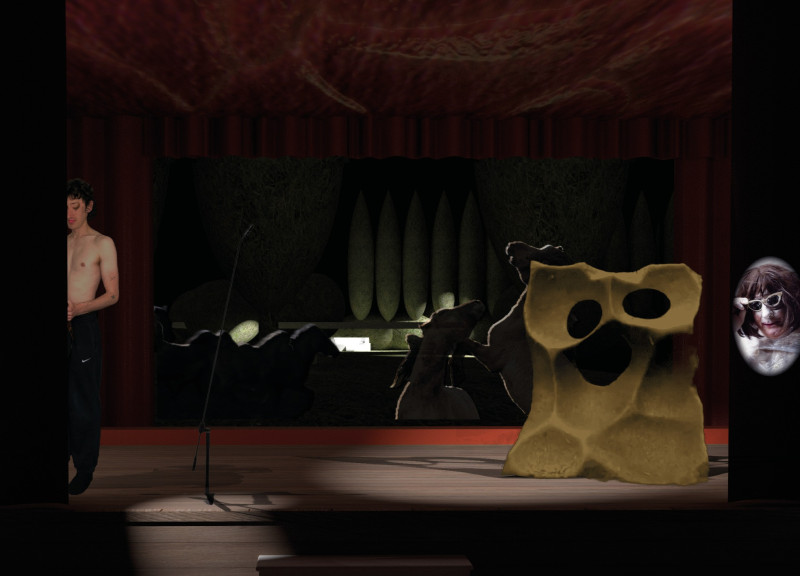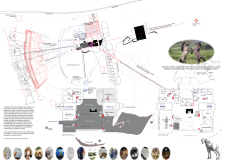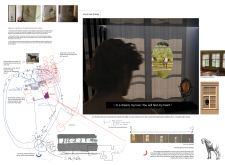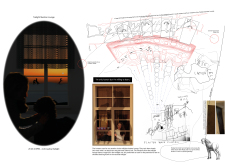5 key facts about this project
The overall architecture of the project is defined by its clean lines and thoughtful proportions, creating an inviting and functional space. The facade, crafted from locally sourced materials, demonstrates a commitment to sustainability and minimal environmental impact. The materials chosen for the exterior not only reflect the cultural context of the location but also ensure longevity and durability, essential traits for any building intended for regular use. The use of materials such as natural stone, glass, and wood fosters a tactile experience and connects the structure to its surroundings.
Functionality is one of the key attributes of this design. Each space within the building is meticulously organized to enhance user experience while facilitating various activities. The layout strategically incorporates open-plan areas that promote interaction and collaboration, reflecting modern architectural ideas aimed at fostering community engagement. Additionally, private spaces are thoughtfully positioned to offer tranquility without sacrificing accessibility.
An important aspect of this project is the incorporation of natural light. Large, expansive windows flood the interior with sunlight, creating a warm and inviting atmosphere. This design choice not only enhances the aesthetic quality of the space but also underscores a commitment to using light as a means of elevating the occupants’ experience. The careful attention to window placement respects the privacy of adjacent properties while providing optimal views of the scenic landscape.
Unique design approaches are visible throughout the project, particularly in its commitment to sustainability and environmental awareness. The architectural design includes features such as green roofs, which serve multiple purposes. They help with insulation, reduce stormwater runoff, and contribute to the biodiversity of the area. These elements reflect a broader trend in contemporary architecture that prioritizes ecological balance and encourages harmony with nature.
In addition, energy-efficient systems have been integrated within the building to minimize its carbon footprint. The HVAC system is designed to maximize efficiency, and rainwater harvesting mechanisms offer a sustainable solution for irrigation needs. Such considerations demonstrate a forward-thinking approach to design that aligns well with global sustainability goals.
The interiors of the building are designed with flexibility and adaptability in mind. Multi-functional spaces cater to various activities, easily transitioning from one use to another, which is essential in the context of community-centered design. The choice of furnishings and fixtures complements the overall aesthetic, echoing the materials used in the building’s facade and further enhancing the cohesive design language.
Another noteworthy element of this project is its public spaces, which are designed to encourage social interaction. Common areas provide a welcoming environment where individuals can gather, work, or partake in community activities, reinforcing the building’s role as a communal hub. The outdoor spaces are equally well-considered, featuring landscaped gardens that serve as an extension of the interior, allowing for a seamless transition between inside and outside.
Overall, this architectural design project is a prime example of how thoughtful design can create a functional, beautiful, and sustainable building that aligns with the needs of its community. The careful balance of aesthetics and functionality showcases the potential of architecture to enrich lives and evoke a sense of place. For those interested in further exploring the intricate details of this project, including architectural plans, sections, and designs, a closer look at the presentation will enhance understanding and appreciation of the underlying architectural ideas that drive this exceptional project.


























